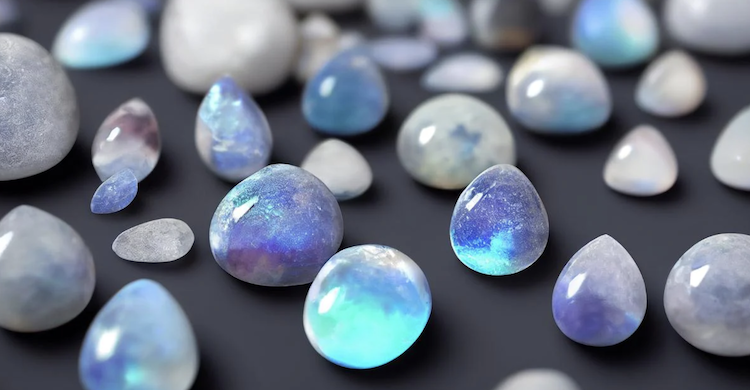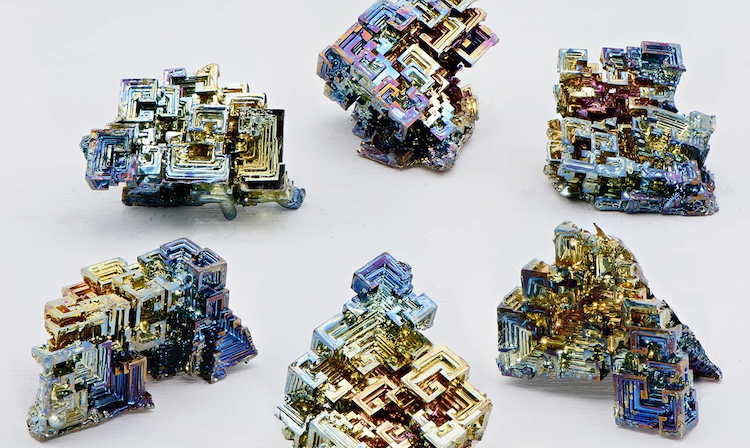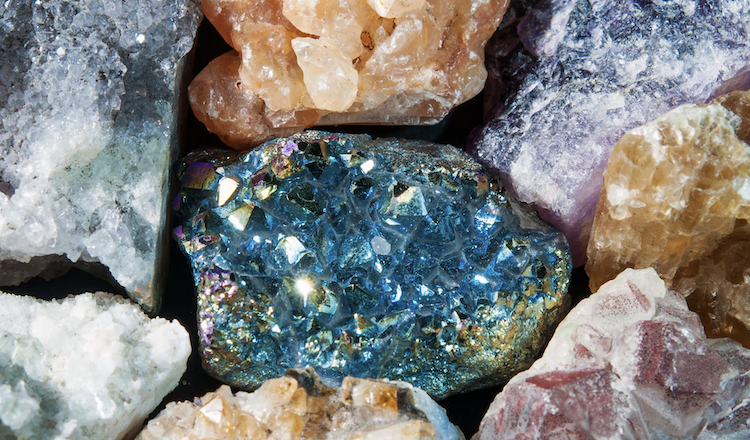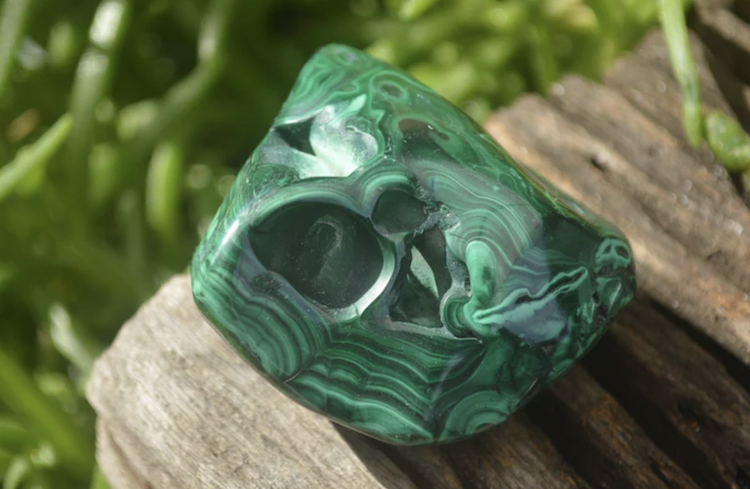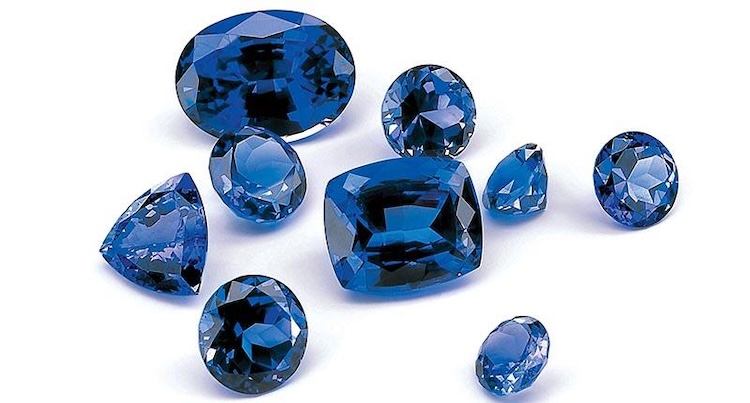Opalite vs Opal: What is the Difference Between These Gemstones in UK
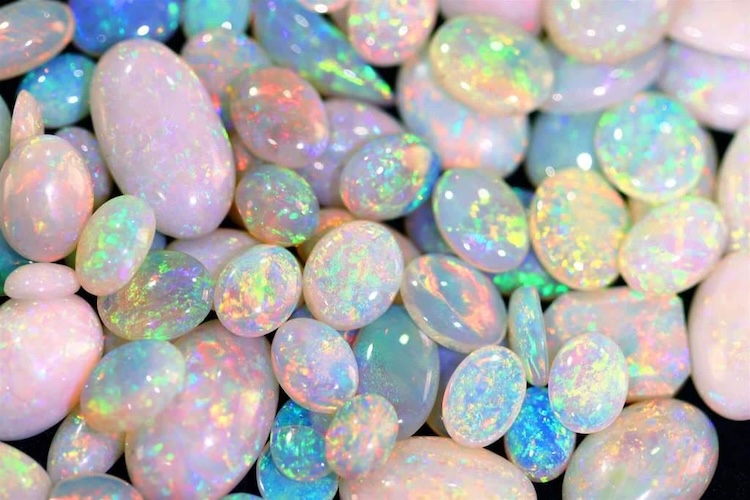
Are you trying to figure out the difference between Opalite vs Opal? If yes, then you are not alone as most of us cannot tell the difference between these gemstones as they look a lot alike.
There are so many gemstones available in the UK right now, each with its own mystic allure and beauty. Among the plethora of gemstones adorning the Earth, opal and opalite stand out for their ethereal charm and enigmatic qualities.
While both share a similar name and possess captivating visual characteristics, they are distinct entities with unique origins, compositions, and properties. In this article, we will explore the differences between Opal and Opalite.
What is Opalite
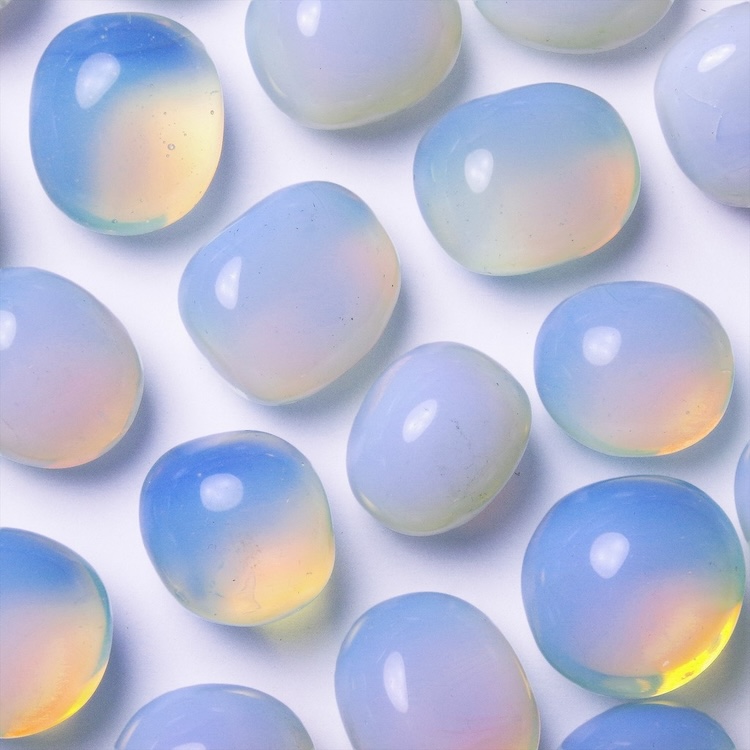
Opalite, often referred to as “sea opal” or “Tiffany stone,” is a synthetic material that mimics the appearance of opal. Unlike natural opal, which forms through geological processes, opalite is man-made and crafted primarily from glass.
Its creation involves the fusion of dolomite and metal to produce a translucent, opalescent material with a captivating play of colors reminiscent of genuine opal.
Also read:
- How much is fluorite worth
- How much is calcite worth
- How much is citrine worth
- How much is coral worth
Types of Opalite in the UK
Here are some common types of Opalite that you can get in the UK:
Natural Opalite
While the term “natural opalite” might seem contradictory, it refers to opalized glass that has undergone natural weathering processes, giving it a more authentic appearance akin to natural opal.
Man-Made Opalite
The majority of opalite available in the market is man-made and meticulously engineered to emulate the captivating beauty of natural opal. This type of opalite is crafted in controlled environments using specific techniques to achieve the desired visual effects.
What is Opal
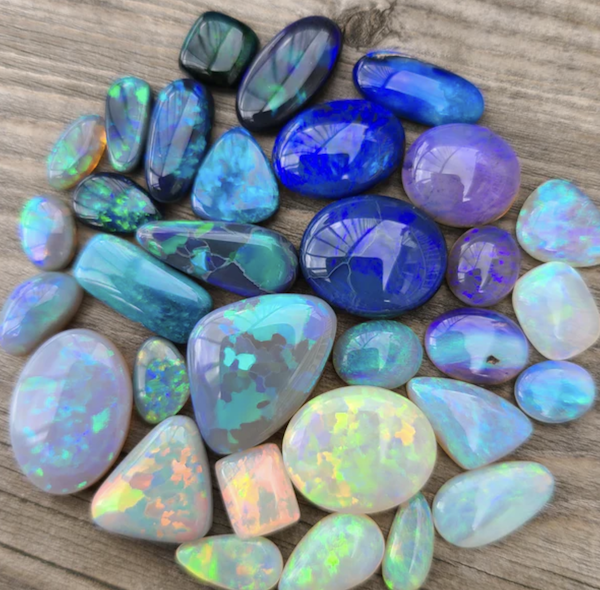
Opal is renowned for its kaleidoscopic hues and colors. It is a hydrated amorphous form of silica. Its formation occurs through a fascinating interplay of geological processes involving the percolation of silica-rich water into crevices and cavities, where it gradually solidifies over millions of years.
The intricate lattice structure of opal diffracts light, producing a mesmerizing array of colors known as “play-of-color.”
Types of Opal in the UK
Here are some common types of Opal in the UK:
- Fire Opal: Fire Opal is characterized by its fiery red, orange, and yellow hues. Unlike other types, fire opal lacks play-of-color but compensates with its intense body color.
- Matrix Opal: Matrix opal within host rocks such as ironstone, sandstone, and other materials. Its play-of-color appears within the surrounding matrix, creating a striking contrast between the opalescent patches and the host rock.
- Doublet Opal: Doublet opal is a type that consists of a thin layer of precious opal adhered to a dark backing material, enhancing its play-of-color.
- Peruvian Opal: Peruvian opal is known for its pastel hues ranging from translucent blues to soft pinks and greens, Peruvian opal is a type of common opal found in Peru.
- Triplet Opal: Triplet opal comprises three layers, a thin slice of precious opal sandwiched between a clear quartz or glass top and a dark backing material.
- Hyalite: Hyalite is also known as “water opal” or “glass opal,” hyalite is a transparent to translucent variety of opal with a glassy appearance. Its lack of play-of-color is compensated by its captivating clarity and glass-like luster.
- Fossilized Opal: Fossilized opal, or opalized fossil, forms when silica-rich water permeates organic material such as wood or bone, gradually replacing it with opal.
Differences Between Opalite vs Opal
Although both gemstones look a lot alike, here are some common differences between Opalite vs Opal.
Composition
The fundamental difference between opalite and opal lies in their composition. Opalite is mainly composed of glass, either natural or synthetic, while opal is a hydrated form of silica with a complex internal structure. Both are available in the UK.
Formation
Opalite is manufactured through controlled processes, whereas opal forms naturally within the Earth’s crust over millions of years through the deposition and solidification of silica-rich solutions.
Play-of-Color
One of the defining features of opal is its play-of-color, which results from the diffraction of light within its internal structure. Opalite, being a type of glass, lacks this characteristic phenomenon and instead exhibits a static, uniform appearance.
Durability
Natural opal is relatively delicate and prone to cracking or crazing when exposed to rapid temperature changes or excessive moisture. In contrast, opalite, being a type of glass, is more durable and resistant to environmental factors.
Value
Due to its synthetic nature and lack of intrinsic rarity, opalite is generally more affordable than natural opal. The value of opal, on the other hand, is determined by factors such as its play-of-color, clarity, size, and rarity, with precious opal commanding the highest prices.
Opalite vs Opal in UK FAQs
Is opalite an actual crystal?
Opalite is an artificial crystal that is synthetic. It imitates the traditional opal, and is mainly composed of glass, resin, and sometimes metal.
What does natural opalite look like?
Natural opalite is also called “common opal”. When placed against a dark background, it appears to have a blue color. When placed against a light background, it has a white milky appearance.
Does opalite glow in the dark?
Opalite is a man-made crystal and when placed against a dark background, it has a luminous blue or pink glow.
Conclusion
That brings us to the end of our opalite vs opal in the UK guide. In conclusion, opal and opalite may share the same name and exhibit a lot of similarities. But they are fundamentally different in properties.
While opalite captivates with its ethereal beauty and affordability, opal enchants with its natural splendor, iridescent play-of-color, and timeless allure. Both gemstones are available in the UK and are widely used for spiritual healing and jewelry purposes.
